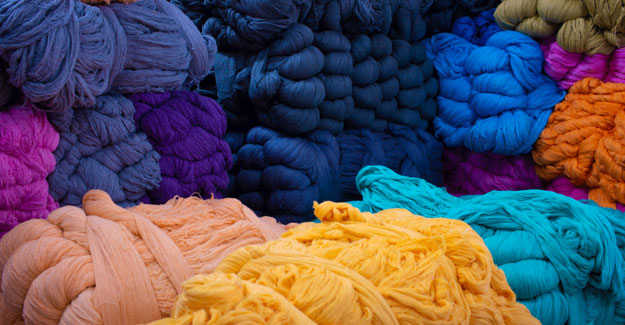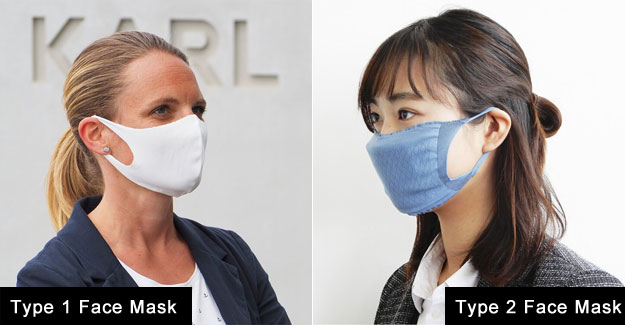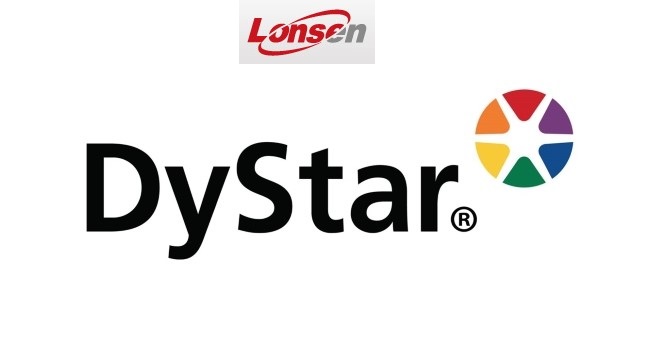
Closed-Loop Tech Aims To Change Textile Industry's Water Use From 'Waste2Fresh'
The toxicity and persistence of industrial dyes have been harming our waterways for years. Made to last on our clothes, they last in our environment - which means devastating consequences for our environment. Many rivers across the world have been declared "biologically dead," thanks to these dyes. The World Bank has identified 72 toxic chemicals in waterways as a result from textile dyeing alone. Although climate change and water pollution are global problems, the water-polluting impacts of the textile industry are mainly localised to the developing countries that produce the majority of garments - with garment workers and local communities most vulnerable to the health and environmental impacts. "In such resource-intensive industries, we need breakthrough innovations to recycle water and create closed loops in industrial processes," says Phill Jones, a project manager at the UK's Centre for Process Innovation (CPI) - an independent innovation centre, part of the consortium developing the Waste2Fresh breakthrough technology, which could bring an end to the textile industry's harsh, water-polluting methods. The Waste2Fresh project, funded by the EUH2020, aims to address the textile industry's contribution to global water pollution. As Jones explains it: "The Waste2Fresh system will integrate novel catalytic-degradation approaches with highly selective separation and extraction techniques to deliver a closed-loop system that assures near-zero discharge; reduces current use of freshwater resources; and considerably increases the recovery of water, energy and other resources - for example, organics, salts and heavy metals." Standards for industrial water treatment do exist - for example, the Zero Discharge of Hazardous Chemicals (ZDHC) standards - however, textile manufacturers often find it difficult to cost-effectively meet them. Therefore, innovations such as Waste2fresh could prove essential for scaling accessible, sustainable processes for textile manufacturing globally. Waste2Fresh offers a sustainable industrial water-recycling system; as Jones explained: "This closed-loop discharge system allows for factories to reuse the water numerous times, ideally indefinitely. This essentially means that factories no longer need to take in further water from precious local freshwater supplies, nor do they need to pollute those same freshwater supplies."* As we exceed critical planetary boundaries earlier and earlier each year, immediate action needs to be taken on a global scale, with businesses being held to account for both their products and byproducts. "A business's success and its sustainability will become more intertwined as we progress into the future," Jones says. "Therefore, textile business owners cannot just focus on the textiles that they fabricate, but also their processes and byproducts." Long term, the Waste2Fresh consortium is aiming to distribute the Waste2Fresh system across a large number of textile manufacturers, as well as engaging other water-intensive industries on the benefits of the technology - which itself was developed with sustainability in mind: Plant materials such as fique are used in the treatment process; and the equipment itself can be powered by a solar array, with resulting hydrogen used to run equipment at night, and rainwater catchment capability to help compensate for water lost to evaporation. To achieve UN Sustainable Development Goal 6, water sanitation and pollution issues need to be addressed globally - particularly in the developing world. With this in mind, Jones said the main goals of the Waste2Fresh project are:
- A reduction in water stress for the region using the technology.
- An improvement in water quality due to minimization of hazardous chemicals and materials entering the waterways.
- Expand international cooperation and capacity-building support to developing countries in water and sanitation-related activities and programmes, including water harvesting, desalination, water efficiency, wastewater treatment, recycling and reuse technologies.
Textile Excellence
If you wish to Subscribe to Textile Excellence Print Edition, kindly fill in the below form and we shall get back to you with details.








